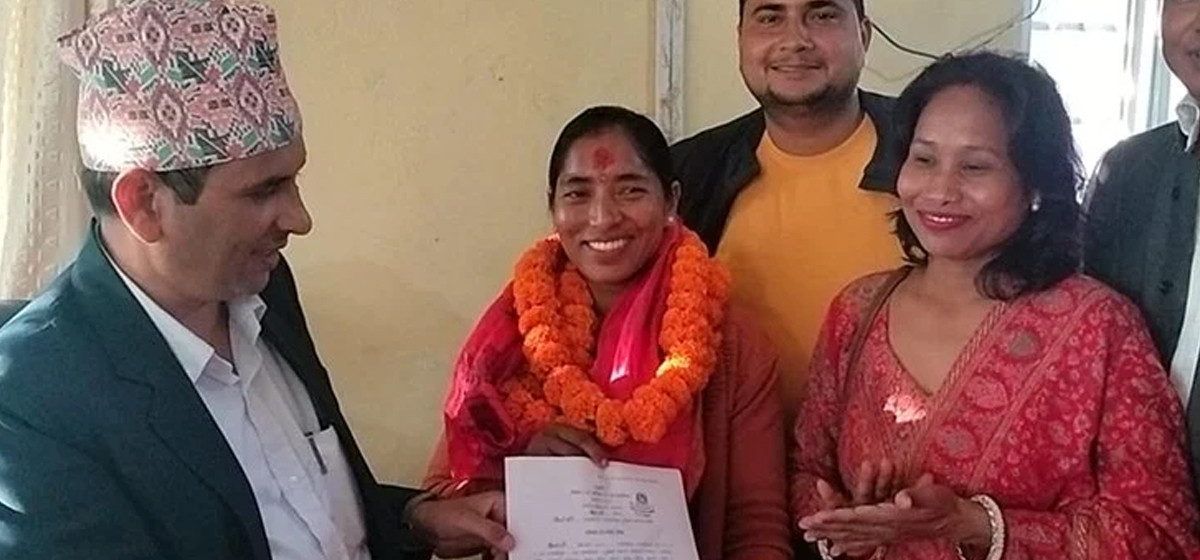About 30 households of Dobhan-1 and Dobhan-4, near the source of the Sisne river in Palpa, have obstructed the project´s construction, claiming that the water from the river is not even sufficient for the villages´ drinking and irrigation needs.
"The locals have asked us to take whatever water remains after they´ve allotted water for irrigation and drinking purposes in their villages. We are studying whether the remaining water will be sufficient for Butwal or not," senior officer at the Butwal Municipality Bishnu Khanal says.
The government has allocated Rs 133 million to complete the project within two years and for the 10-inch pipes that will be used on a seven-km-long pipeline worth 33 million. The pipes have been left for years in the open space in front of the Butwal branch of Nepal Water Supply Corporation (NWSC).

But experts say that given the reduction in the Sisne river´s water levels, two-inch pipes would suffice to transport water to Butwal.
The river that 12 years ago was expected to yield four million liters daily has substantially lost its water after the river was used for a micro-hydro project: the Gautam Buddha Hydro Power Company generates 750 KW electricity by pouring a significant proportion of water from the Sisne river into the local Dobhan river. The company was given permission to do so after the survey of the Sisne water project for Butwal had been done.
The NWSC says that there is a daily demand for 16 million liters of water in Butwal, but its network can supply just nine million liters, which means that even at full capacity, the Sisne water project cannot solve Butwal´s water problem.
But the NSWC does not want to lose this project. To complete the Sisne project on time this time around the NSCW is searching for other options to cater to the needs of the locals who live around the source of the Sisne river.
DPR preparation of Nalsinghgad project hits a snag



































